Demystifying Infrared and Thermal Imaging
Understanding the Distinction
In the field of imaging technology, the terms “infrared” and “thermal” are often used interchangeably, sometimes leading to confusion and misinterpretation. It’s important to recognize that these terms have distinct meanings and refer to different aspects of the electromagnetic spectrum. By clarifying the differences, we can gain a deeper understanding of the capabilities and applications of each imaging technology.
In the context of imaging systems, the term “infrared” has a very broad meaning, encompassing a wide range of wavelengths extending from about 0.75µm to 14µm. This includes the Near-Infrared (NIR), Short Wave Infrared (SWIR), Mid Wave Infrared (MWIR), and Long Wave Infrared (LWIR) regions. Since all these wavelengths are longer than those that the human eye can see, imaging in these spectral regions can provide valuable information that wouldn’t otherwise be detectable. Infrared imaging devices operating within this spectrum can capture images by detecting the electromagnetic radiation that is either emitted or reflected by objects; this is an important distinction.
All objects emit some amount of thermal energy, but objects that are at most typical temperatures (such as people, animals, vehicles, and background scenery) don’t emit much energy at shorter wavelengths. In fact, objects with a temperature less than a few hundred degrees C emit very low energy at wavelengths below 3 µm. This means that not all infrared imagers are thermal imagers. Infrared imagers that operate at shorter wavelengths require an infrared illumination source, so that they can detect reflected light. This is commonly seen with some consumer grade visual cameras that have a “night mode” on them; they nearly always are equipped with infrared illuminators which turn on in low-light conditions to allow imaging into the near infrared region. Imagers that operate in the NIR and SWIR regions, while still classified as infrared imagers, generally don’t capture thermal images. However, these imagers are valuable in applications such as remote sensing, and medical diagnostics, and some very short-range surveillance applications.
On the other hand, thermal imaging specifically refers to the detection and visualization of thermal energy or heat radiated by objects. Thermal imagers operate in the MWIR and LWIR regions, where objects emit enough thermal energy at typical temperatures to produce thermal imagery. These imagers excel at capturing temperature variations and creating images based on the heat emitted by objects in the scene. From a surveillance perspective, the items of interest (humans, animals, vehicles and most background scenes) produce enough thermal emissions to be usable in these spectral regions.
Understanding the distinction between infrared and thermal imaging is essential for selecting the most suitable technology for a particular application. While common in surveillance applications, thermal imagers are also ideal for applications such as building diagnostics, industrial inspections, and search and rescue operations. They provide valuable information about thermal patterns, energy efficiency, and potential anomalies in various environments. In contrast, the NIR and SWIR regions offer unique advantages in scenarios where material identification, vegetation health assessment, or atmospheric analysis is critical. These imagers enable us to perceive information beyond what is visible to the human eye, opening doors to a wide range of applications in agriculture, environmental monitoring, and scientific research.
By appreciating the distinction between infrared and thermal imaging, we can make informed decisions when selecting imaging technologies for specific tasks. Each technology has its own strengths and applications, and understanding their capabilities allows us to harness their potential effectively. Whether it is capturing temperature variations or revealing hidden material properties, infrared and thermal imaging continue to advance our understanding of the world and enhance our ability to make informed decisions across diverse industries.
